PRESENTATION: Do Ho Suh
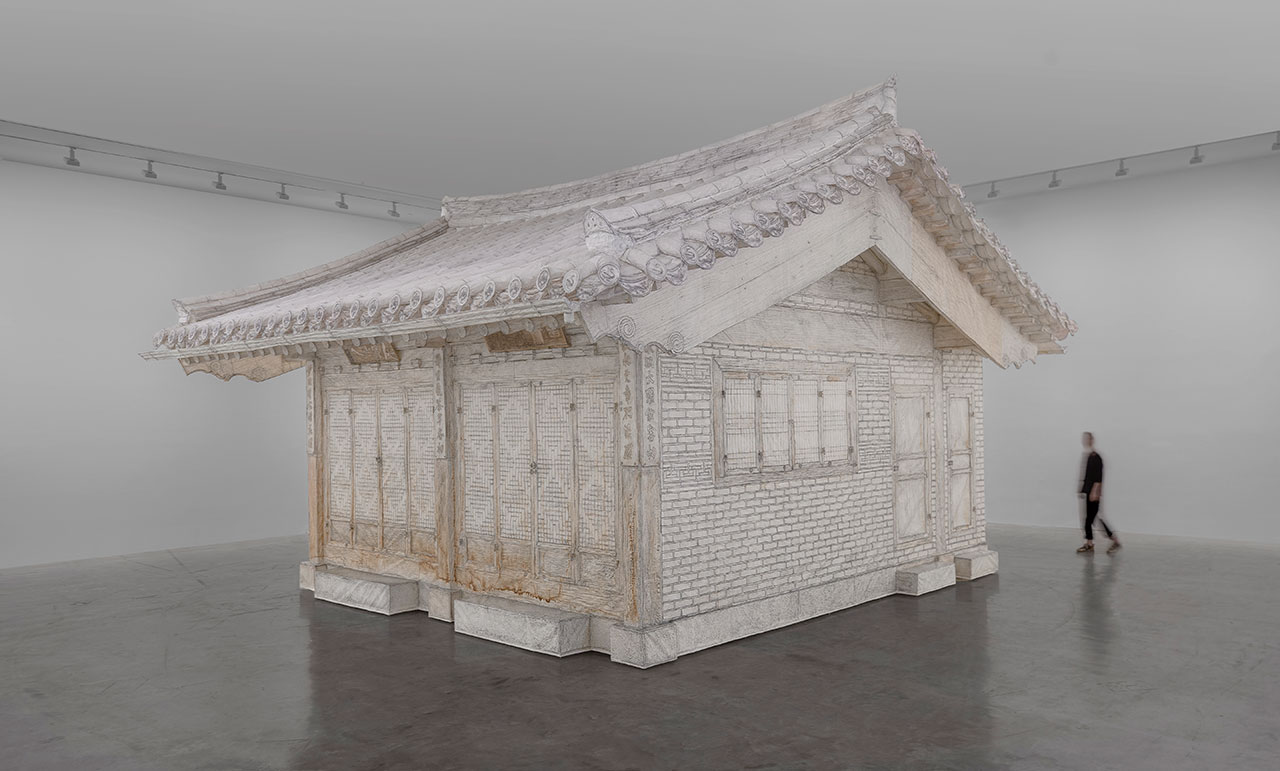 Do Ho Suh works transform the familiarity of a domestic space into a liminal one, where ‘home’ is both an idealized concept and physical reality. Through these spaces, Suh examines how home and identity are ever-evolving concepts in today’s global society, and how culture, tradition, migration, and displacement intersect as we construct our ideas of selfhood and origin.
Do Ho Suh works transform the familiarity of a domestic space into a liminal one, where ‘home’ is both an idealized concept and physical reality. Through these spaces, Suh examines how home and identity are ever-evolving concepts in today’s global society, and how culture, tradition, migration, and displacement intersect as we construct our ideas of selfhood and origin.
By Efi Michalarou
Photo: MCA Australia
Do Ho Suh’s first solo exhibition in Australia and represents three decades, from the 1990s to the present and encompasses emblematic works across a wide range of media including installations, sculptures, drawings, printmaking, and video works. The exhibition is part of the 2022-2023 Sydney International Art Series. Suh’s extensive body of work is characterised by its exploration of concepts around home and identity. Encompassing portraiture and architectural references, individual works have a distinctive biographical dimension, evoking the artist’s childhood and schooling in South Korea, the family home in which he grew up, his relocation to New York, Berlin and London, and the various spaces he has lived in as an adult. Diasporic experience and the space between different cultures and histories is a recurrent refrain within the works, which situate the home at the centre of our shared physical and psychological experience. Scale is central to Suh’s artworks, which vary from small, singular household objects – door handles, plugs and switches, light bulbs – through to full scale replicas of the domestic spaces and studios he has inhabited over the course of his life. Realised in diverse materials, from steel military ‘dog tags’ to fabric, these intimate and evocative artworks can be walked around, through and within. To create the installation “Rubbing/Loving Project: Dormitory Room at Gwangju Catholic Lifelong Institute” (2012), Suh covered an entire room at the Gwangju Catholic University in paper. Using pencils in four colors (cyan, magenta, yellow and black) the artist and his team rendered the space as a colorful, paper rubbing. Representing the CMYK color printing process, the selected color palette has since become a feature of Suh’s”Rubbing/Loving” projects. Each color is used separately in Suh’s paper rubbings, not mixed or blended as would happen during printing. The distinguishable colors in the finished rubbings reflect the ‘incomplete’ nature of the translation. Suh has spoken previously about the impossibility of reproducing a space in its exact form. Various processes of reproduction enable us to document a space, but they all have their fallibilities. A color photograph of a room printed using CMYK, for instance, is an image created using only four colors, not the full spectrum we see when we view the room in person. A paper rubbing may also appear to be an accurate representation of a space; however, it is only a partial record of the original. The faithful representation of the dormitory room, with its marked walls and chipped skirting board, allows us only a glimpse into the lives of the countless students who called this transitory space home over the years. Suh and his team wore blindfolds while undertaking the paper rubbings for the Gwangju Cinema residence. Using graphite to transcribe the small room covered in paper, the team worked slowly and cautiously, feeling their way not only around the space but manoeuvring with care around each other. Without sight, the process of rubbing the surface of a space is intensified, as you are not only using touch to transcribe a surface but also to navigate through the space. The textures and idiosyncrasies of a seemingly empty room suddenly become imbued with characteristics often unacknowledged or unseen — a sudden dip in the floor, undulations across a wall surface, scratches across a window frame, for instance. Suh’s decision to privilege touch over vision was in part influenced by Jacques Derrida’s essay “Memoirs of the Blind” (1990), in which the philosopher explores the relationship between sight, blindness and self-representation through a series of prints and drawings in the collection of the Louvre Museum. The blindfolds are also a reference to Suh’s own attempts to understand the 1980 Gwangju Uprising and the experiences of ordinary citizens. Exhibition highlights include the inaugural presentation of Do Ho Suh’s “Rubbing/Loving Project: Seoul Home” (2013–2022). In this ambitious project the artist has rendered the exterior of his parents’ home in Seoul, a traditional Korean hanok house with its characteristic tiled, curved roof, through a series of paper rubbings. The artist’s childhood home will be reconstructed at full scale in the Museum’s Level 1 North gallery. A major display of the artist’s “Hub” series isalso be presented at the MCA Australia. Gallery visitors are able to walk around and through a series of brightly colored, interconnecting fabric structures that replicate transitional spaces such as corridors, entry ways and foyers. Another exhibition highlight is “Staircase-III” (2010) from the Tate Collection. Recreated to scale, the handstitched fabric staircase suggests the passage of time and is symbolic of the link and connective tissue between different spaces and cultures, the world over. “Floor” (1997-2000) and “Who Am We? (Multicoloured)” (2000) are presented together in one of the MCA Australia’s largest galleries. The vast floor-based installation, Floor, features thousands of tiny, sculpted figures. With arms upraised, they collectively support transparent glass plates over which visitors walk. Wrapping around the gallery walls, “Who Am We? (Multicoloured)” is a custom wallpaper printed with multiple tiny portraits, their individuality evident only on close inspection. “Metal Jacket” (1992–2001) is one of Do-Ho Suh’s best known and most compelling works. Is part a series of stylized jackets or robes made of thousands of stainless steel military dog tags. Each tag identifies a distinct individual, here merged into a homogenous layer of metal armor, the impermeable façade of military power. The specificity of each tag is lost in translation as it becomes a garment to be donned by a larger-than-life figure. While Suh may not be intentionally commenting on U.S./Korea relations, these powerful presences do bring with them memories of the thousands of American soldiers from the Eighth Army who entered Korea with General Douglas MacArthur in 1950, as well as the 30,000 U.S. soldiers still present in Korea today.
Photo: Do Ho Suh, Rubbing/Loving Project: Seoul Home, 2013–2022, graphite on mulberry paper, aluminium, 534 × 866 × 802.5 cm, © Do Ho Suh, Private Collection
Info: Curators: Rachel Kent and Megan Robson, MCA Australia (Museum of Contemporary Art Australia), Circular Quay West, 140 George Street, Sydney, Australia, Duration: 4/11/2022-26/2/2023, Days & Hours: Tue-Thu & Thu-Sun 10:00-17:00 Fri 10:00-21:00, www.mca.com.au/
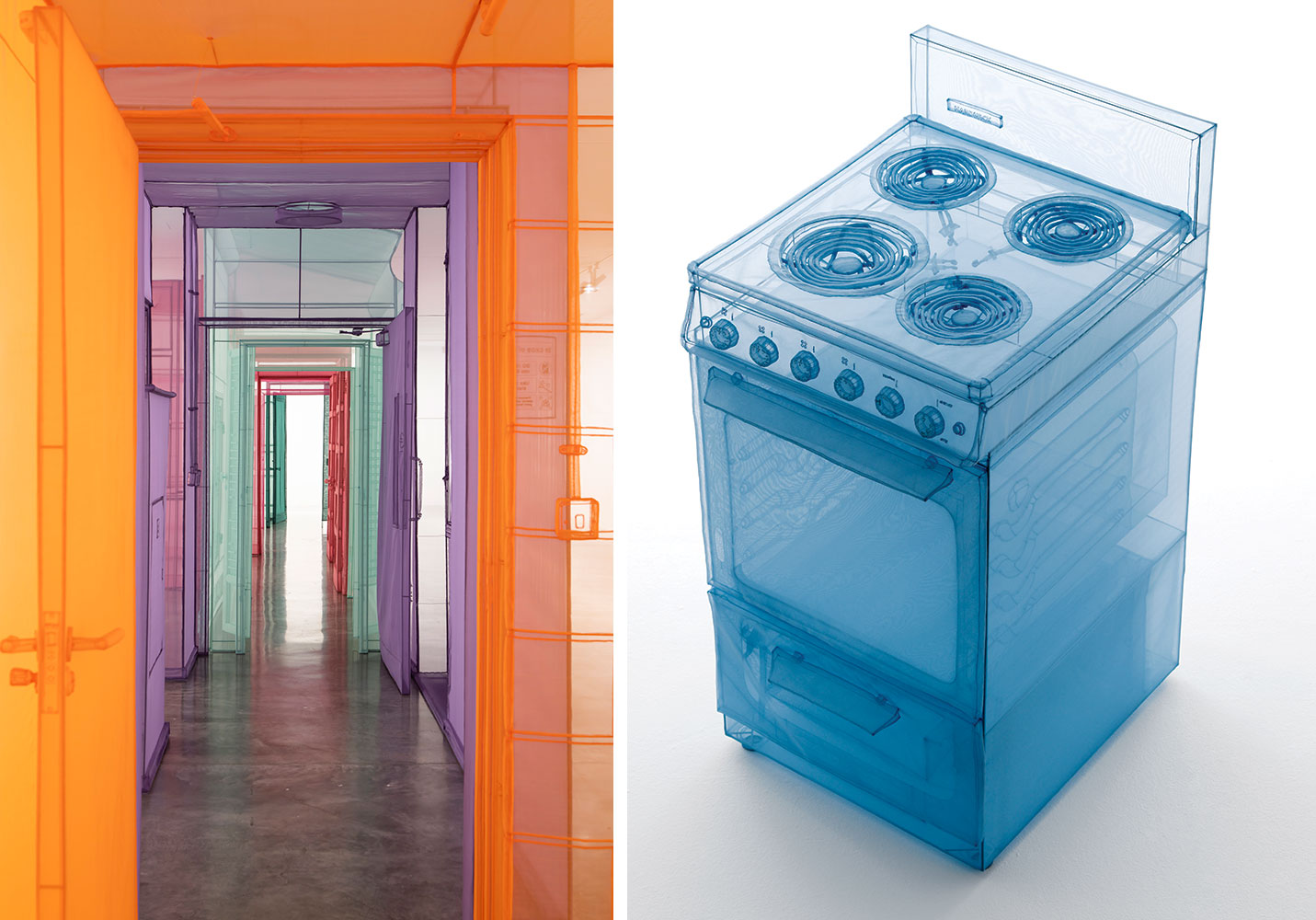
Right: Do Ho Suh, Stove, Apartment A, 348 West 22nd Street, New York, NY 10011, USA, 2013, polyester fabric, stainless steel wire, and glass display case with LED lighting, image courtesy the artist and Lehmann Maupin Gallery, © the artist, photograph: Jeon Taeg Su
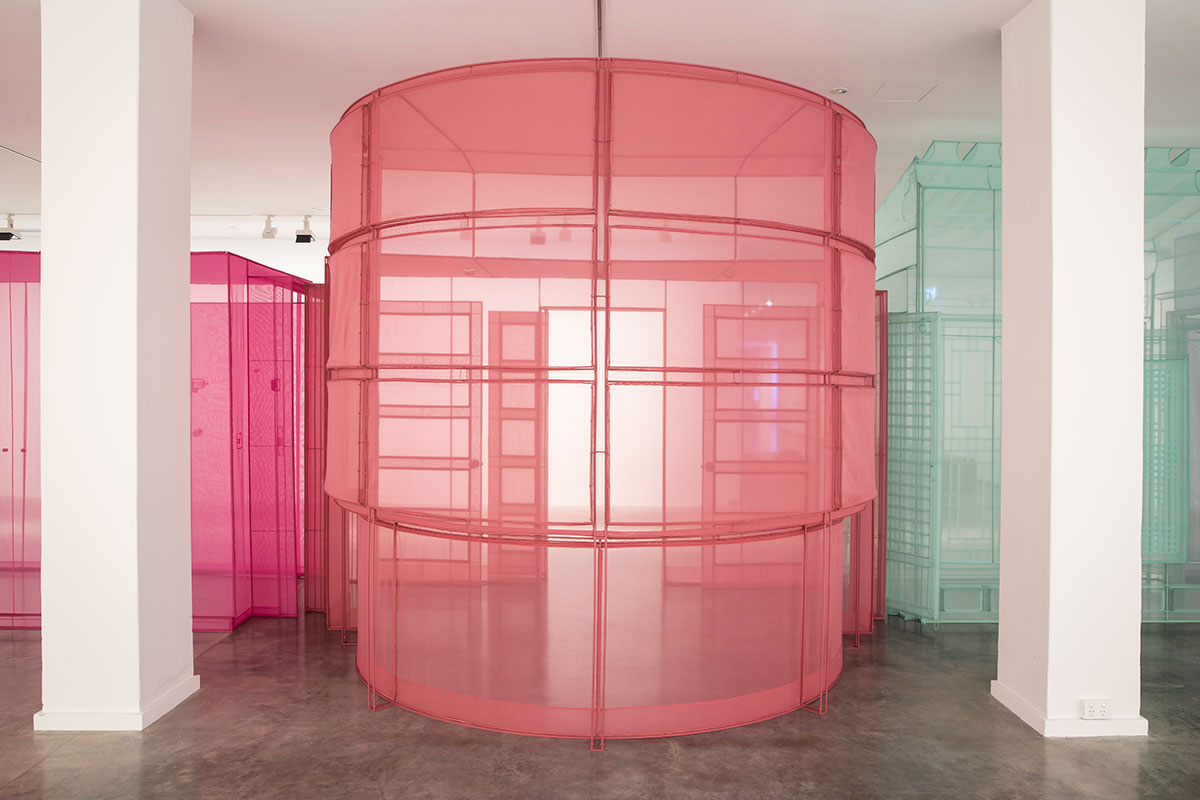
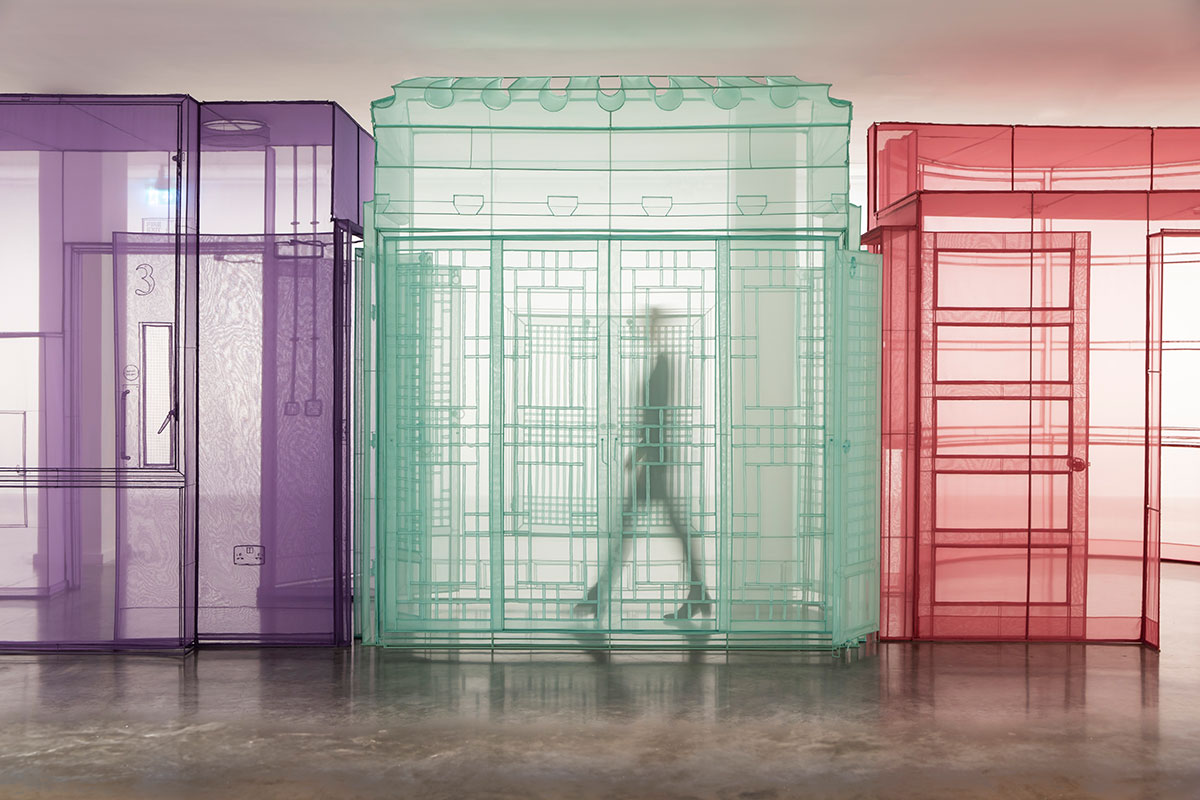
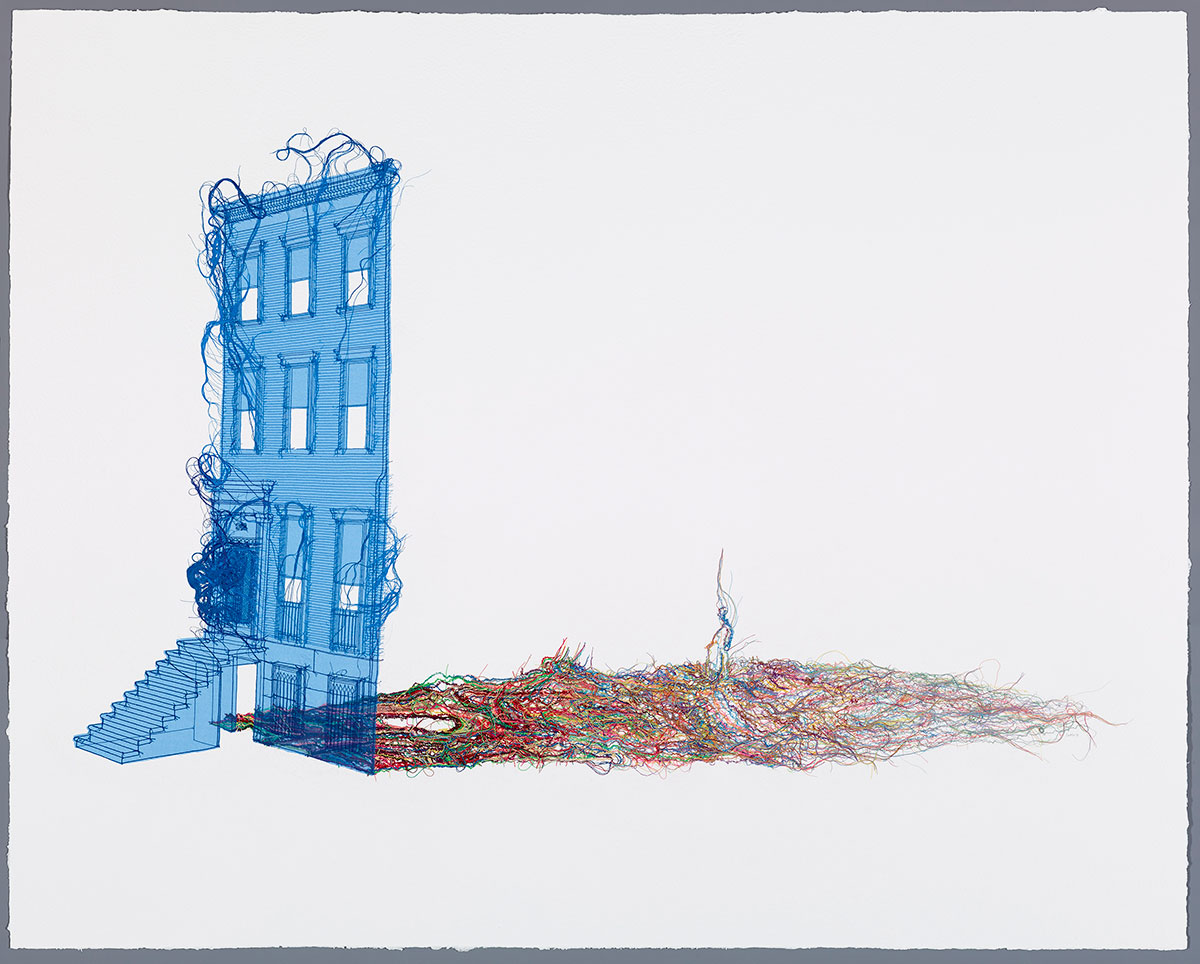


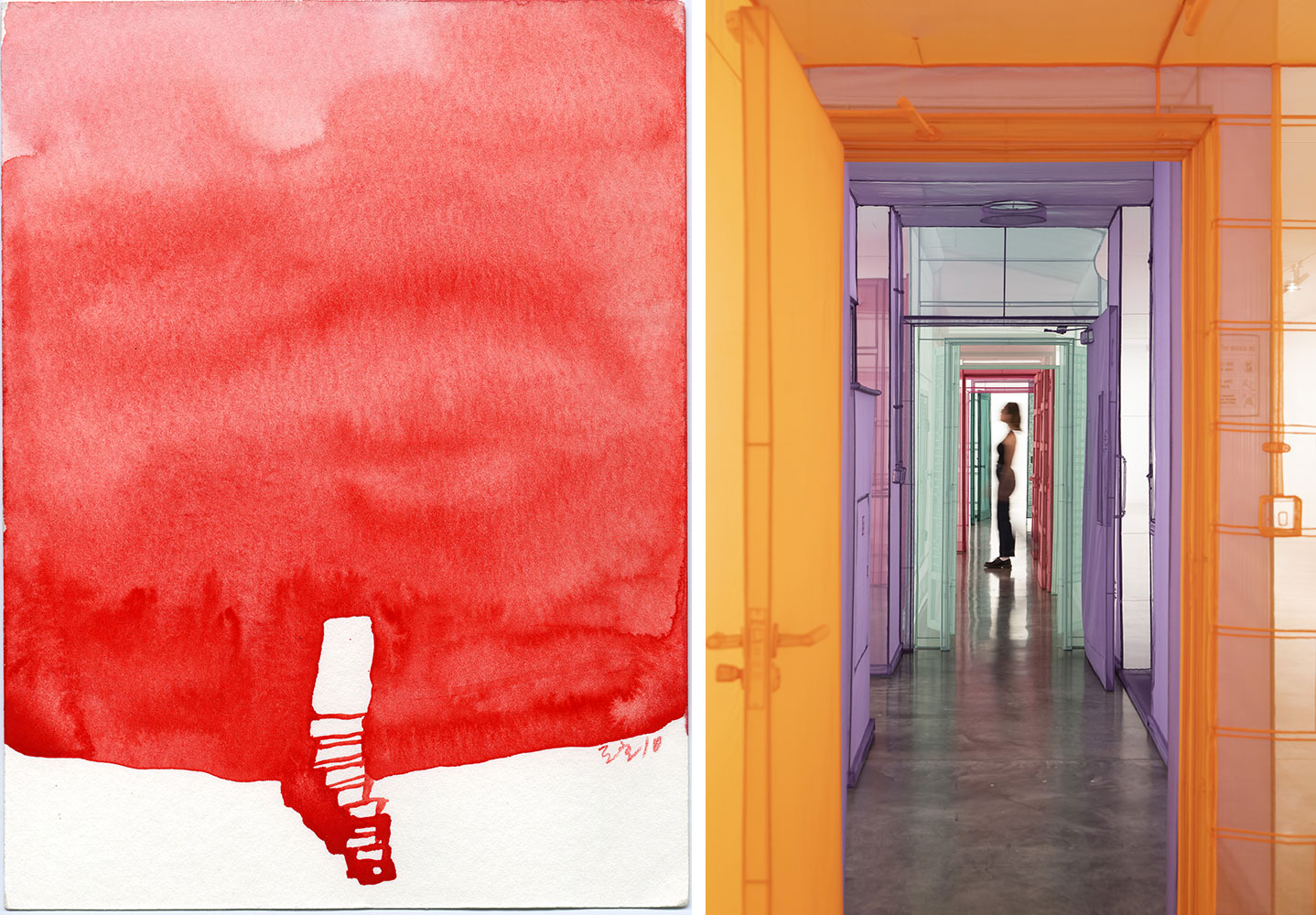
Right: Do Ho Suh, Passage/s, 2017, installation view, Victoria Miro, London, polyester fabric, stainless steel, image courtesy the artist and Victoria Miro, London and Venice, © the artist, photograph: Thierry Bal



